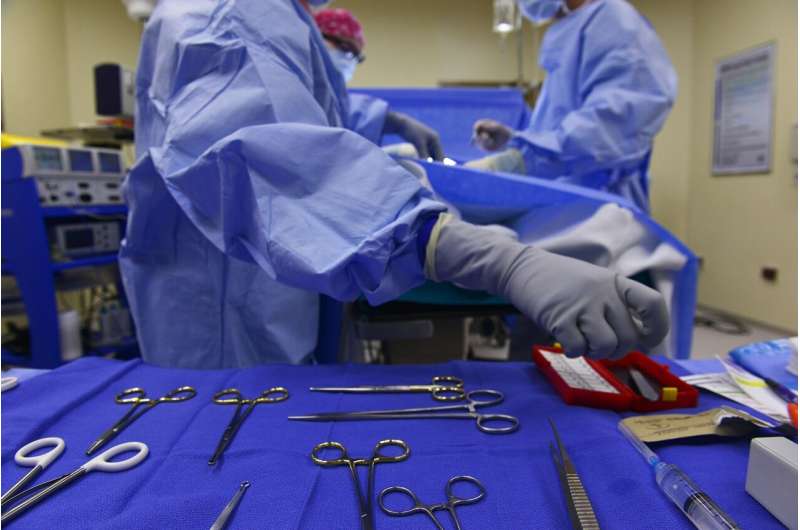Breakthrough in Organ-on-a-Chip Technology: Creating Natural Blood Vessels in Miniature Models

Researchers have developed a rapid, reproducible method to create natural-like blood vessel networks within organ-on-a-chip systems, enhancing disease modeling and drug testing capabilities.
Scientists at Vienna University of Technology have developed an innovative method to fabricate tiny, yet highly realistic blood vessel networks within organ-on-a-chip systems. These microvascular structures are crucial for creating accurate models of human tissues and organs, enabling more precise biomedical research. Traditional approaches faced challenges in controlling the shape and stability of microvessels, limiting their reproducibility and utility.
The research team employed ultrashort laser pulses, operating in the femtosecond range, to precisely carve channels into hydrogels—a supportive, permeable material that mimics natural tissue environments. This laser-assisted technique allows for rapid creation of channels spaced mere hundreds of micrometers apart, closely resembling the density of blood vessels in real organs.
To ensure these artificial vessels can withstand physiological conditions, the scientists optimized the hydrogel's structure through a two-step thermal curing process. This enhanced the material's stability, preventing vessel collapse and deformation once lined with endothelial cells, which are vital components of natural blood vessels. Remarkably, producing multiple channels takes only about 10 minutes, making the process significantly faster and more scalable than previous methods.
Importantly, these engineered vessels respond to biological stimuli similarly to their natural counterparts. When subjected to inflammatory signals, they become more permeable, demonstrating functional behaviors vital for disease modeling. This advancement paves the way for realistic tissue models, including liver-on-a-chip systems, which can better mimic the complex vascular architecture and metabolic functions of human organs.
The integration of laser technology with hydrogel scaffolds offers promising prospects for biomedical research, drug testing, and preclinical studies. It provides a controlled, reproducible platform for studying blood flow, tissue response, and inflammatory processes in vitro, bringing us closer to more reliable and realistic organ-on-a-chip systems.
Stay Updated with Mia's Feed
Get the latest health & wellness insights delivered straight to your inbox.
Related Articles
Breakthrough Enzyme Therapy Reverses Hearing Loss in Mice with Rare Bone Disorder
A novel enzyme therapy has successfully reversed hearing loss in mouse models of ENPP1 deficiency, offering hope for future treatments of this devastating genetic disorder.
Learning from Research: Snus Cessation May Cause Increases in Body Weight and Blood Pressure
A Swedish 12-week study reveals that quitting snus may lead to increased blood pressure and slight weight gain, highlighting the need for blood pressure monitoring during cessation. Source: medicalxpress.com
Innovative Early Testing Strategies May Prevent Dangerous Falls in Seniors
Early detection of subtle walking abnormalities can help prevent falls among seniors, potentially saving lives and reducing healthcare costs through proactive mobility monitoring.



